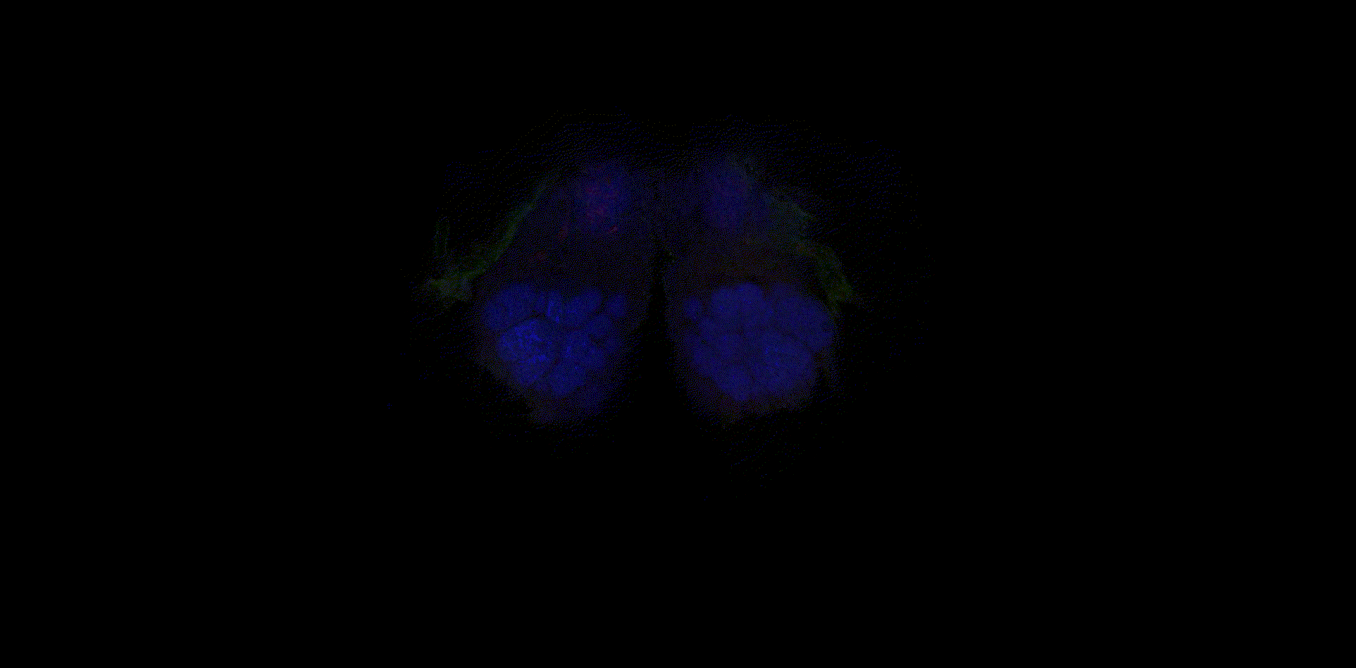by KRISTIN SCAPLEN

The human brain contains approximately 87 billion neurons. On average, each of these cells make thousands of different connections to facilitate communication across the brain. Neural communication is thought to underlie all brain functions – from experiencing and interpreting the world around you to remembering those experiences and controlling how your body responds.
But in this vast network of neural communication, precisely who is talking to whom, and what is the consequence of those individual conversations?
Understanding the details surrounding neural communication and how it’s shaped by experience is one of the many focuses of neuroscience. However, this is complicated by the sheer number of microscopic connections there are to study in the human brain, many of which are often in flux, and that available tools are unable to provide adequate resolution.
As a consequence, many scientists like me have turned to simpler organisms, such as the fruit fly.
The Conversation for more